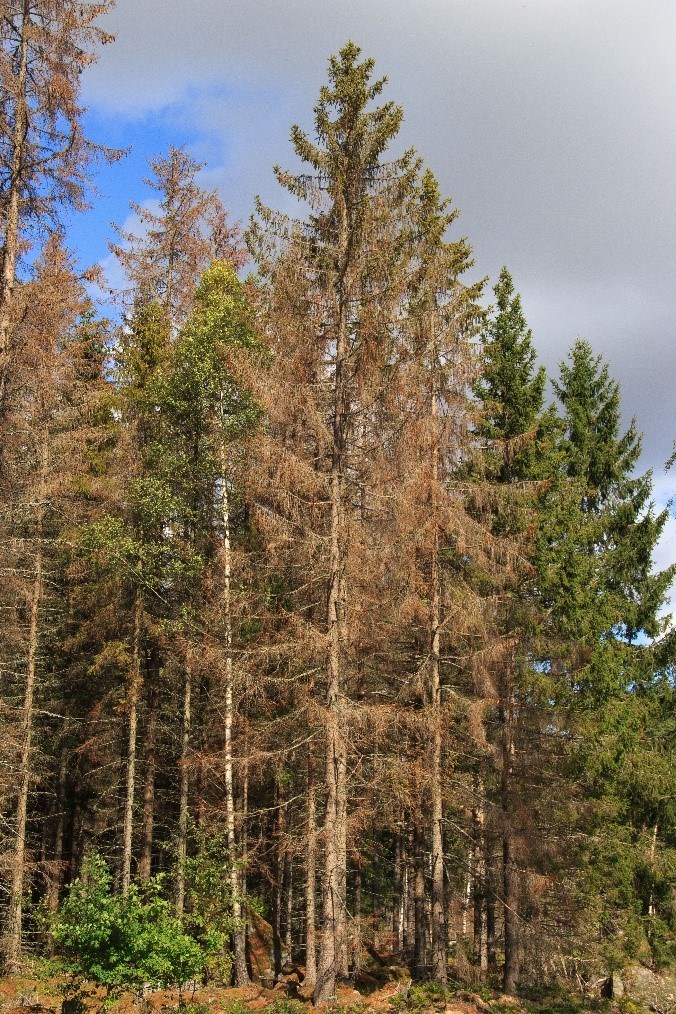
FORESTRY ON A HIGHER LEVEL
Maximize returns and protect nature! Our revolutionary technology enhances your forestry – completely without CO2 emissions. The future of green forestry is here!
OUR METHOD
OUR VISION
Be a leading innovative player in autonomous, fossil-free, ground-independent lifting systems and services
We are pioneers in the development of advanced lifting systems and services that not only push industry standards forward, but also completely redefine them. By being at the forefront of innovation, we offer our customers autonomous lifting systems that are self-propelled, eliminating the need for manual control and thereby increasing efficiency and safety on the job site.
Our commitment to a sustainable future is reflected in our dedicated work with fossil-free systems. We use the latest technology to ensure that our solutions not only reduce the environmental impact, but also lower the long-term operating costs for our customers.
In light of global warming, there is a growing need for sustainable forestry that sequesters more CO2 and eliminates the use of fossil fuels, thus promoting ecological and economic growth.
Global warming, caused by increasing emissions of CO2, is the greatest challenge of our time. The consequences of a continued increase in temperature are wide-ranging and include extreme weather conditions, rising sea levels and negative effects on biodiversity. It is extremely important to quickly find and implement solutions to reduce CO2 emissions, globally. GI Lift is committed to be a part of the force to end global warming.
One way to reduce temperature increases is to minimize emissions and to bind existing CO2. One of the most efficient ways to do this is through natural processes such as photosynthesis, where plants and trees absorb CO2 and convert it into oxygen. This underlines the importance of preserving and expanding our forests, which act as collagen stores and thus play a critical role in regulating the climate. Increasing the sequestration of CO2 means not only planting more trees, but also ensuring that existing forests are healthy and can grow optimally.
In addition, there is a growing need to improve forestry in order to maximize the forest’s value and growth. Improved forestry involves using practices that promote healthy forest ecosystems, which can include everything from choosing the right tree species for a given area, to applying sustainable harvesting methods that do not damage the forest. By improving forestry, we can not only increase the amount of carbon dioxide that is sequestered, but also strengthen the forests’ resistance to diseases, pests and climate change. This leads to increased growth and value, which benefits both the local economy and the global environment.
Addressing these points requires an integrated approach combining policy change, scientific research and practical forestry. By raising awareness and collaborating across industry and country boundaries, we can work towards a more sustainable future where forests help balance our climate, while continuing to be a valuable resource for humanity.
CLIMATE CHANGE IS HARMING THE FOREST

The solution is a thriving forest
By enriching the forests with ash and nutrients, we can create robust ecosystems that bind more CO2 and thus counteract climate change.
To solve the problem of increased global warming and the need for increased binding of CO2, one solution is to add ash and nutrients, which increases growth in the forest. Ash from burning biomass can act as a recyclable source of important nutrients such as potassium, calcium and magnesium, which are essential for forest growth and health. The ash can also improve the soil’s pH value, which in turn increases the forests’ ability to bind carbon dioxide.
When adding ash and nutrients, it is often done in accordance with carefully designed silvicultural plans that aim to maximize growth and carbon sequestration without harming the local environment. This can mean carefully choosing the right type and amount of ash, adjusting the supply to forest type and local soil chemistry, and monitoring the forest’s response over time.
By improving forestry in this way, we can increase the productivity of forests and their ability to act as carbon sinks, which is critical for reducing the atmosphere’s excess of greenhouse gases. This creates a positive feedback loop where a healthy forest not only supports biodiversity and ecosystem services, but also contributes to climate goals through increased carbon sequestration.
more information?

